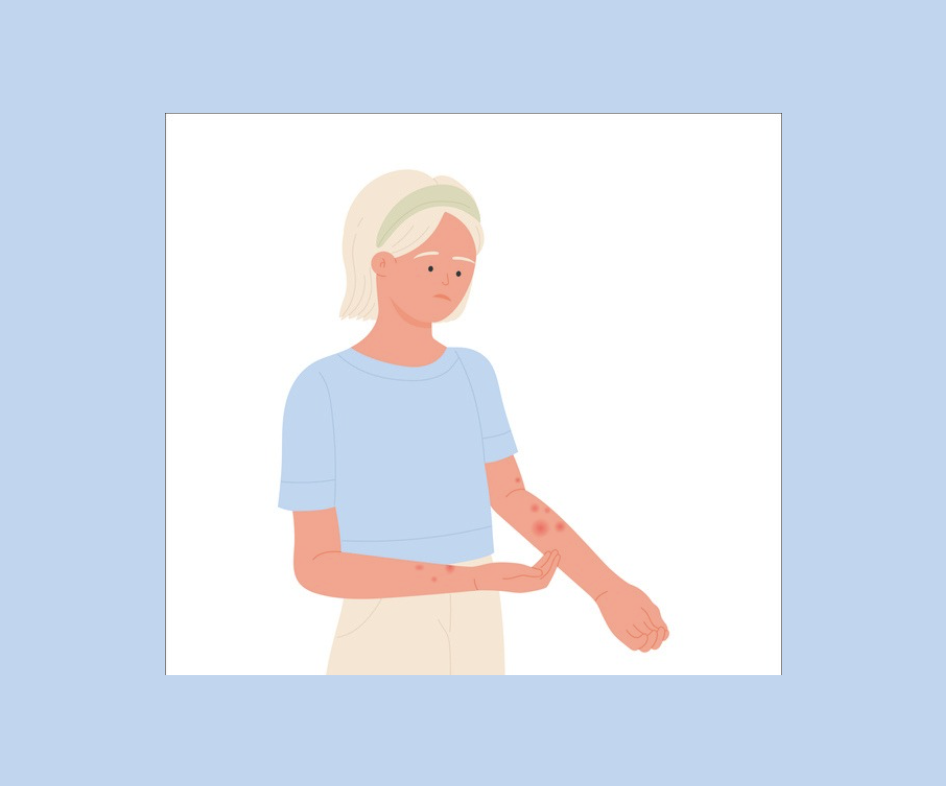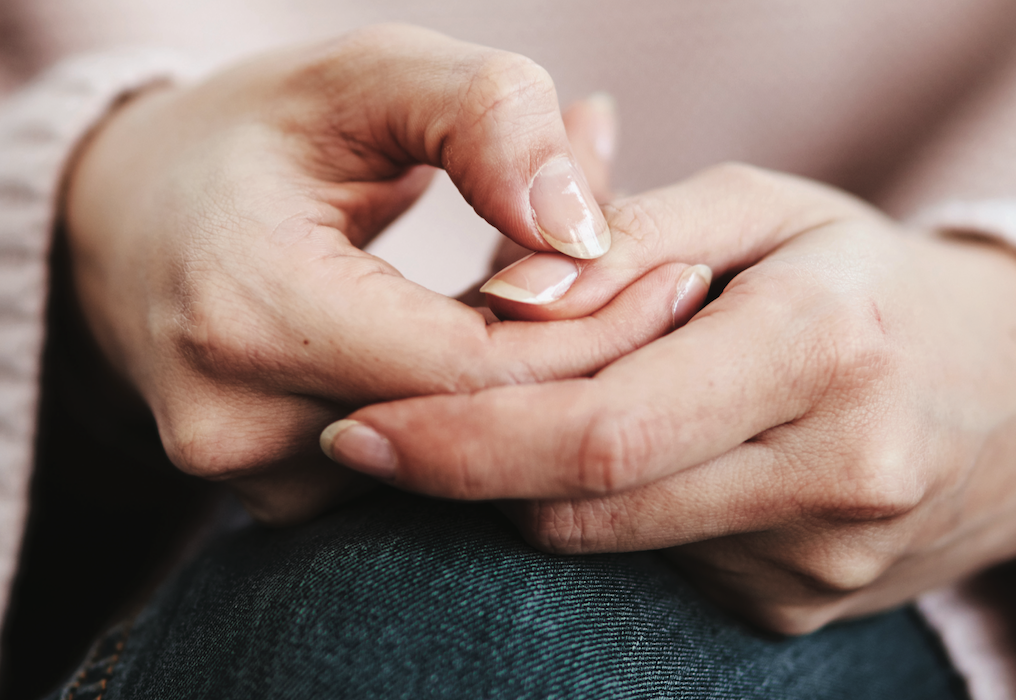Wendy Haaf answers your questions about health, nutrition, and well-being
What’s the best way to treat insect bites?
Since you can reduce but not eliminate the risk of getting bitten by insects, it makes sense to know in advance what to do when it happens. You might be surprised at the remedies experts recommend avoiding.
The first thing to do is ignore over-the-counter products marketed for bug bites, since most carry some risk and offer little to no benefit, says Dr. Sophia Colantonio, a dermatologist at Factor Dermatology in Ottawa and a member of the Canadian Dermatology Association.
Avoiding the urge to scratch is crucial, since scratching can “introduce bacteria and cause an infection,” Colantonio says. Applying a cool compress or an ice pack (wrapped in a cloth to prevent damage to the skin) can reduce itchiness.
“I would skip things [including some over-the-counter first-aid antibiotic creams] that contain a numbing agent like lidocaine because people can develop allergic contact dermatitis,” Colantonio says. The same goes for the first-generation antihistamines, such as diphenhydramine hydrochloride (Benadryl), found in some topical preparations. Colantonio advises steering clear of oral forms of these older antihistamines, too, since in addition to causing drowsiness, “in the long term, they can impact memory, cognition, and learning.” For itch from bug bites, it’s advisable to take a non-sedating antihistamine if necessary.
Typically, welts will go away on their own within a week to 10 days. In the meantime, periodically applying a plain, scent-free moisturizer (such as CeraVe or Aveeno) or petroleum jelly can help protect the site from further irritation.
If you need additional relief, you can get a prescription from a doctor, Colantonio says. “I like to use a potent steroid like clobetasol for a short period, as long as the bite is not on the face. [Since powerful topical steroids pose a small risk of thinning the skin, these aren’t recommended for areas with thin, sensitive skin, such as the face.] There are also non-steroidal creams that can be used on the face or body. I find that Zoryve [roflumilast] works well, but it’s expensive if you don’t have a drug plan.” Both classes of medication reduce inflammation by dialing down the reaction of immune cells in the skin.
Colantonio recommends following the same principles to treat bee or wasp stings. Just check first to see if the stinger has been left behind. If so, remove it by scraping the area with a credit card, fingernail, or similar thin, hard object—tweezing or pinching it can squeeze any remaining venom into the flesh.
Overall, “just keep it simple,” Colantonio advises. Since most bites don’t need prescription treatment, inexpensive strategies such as cold compresses are the best remedy.






